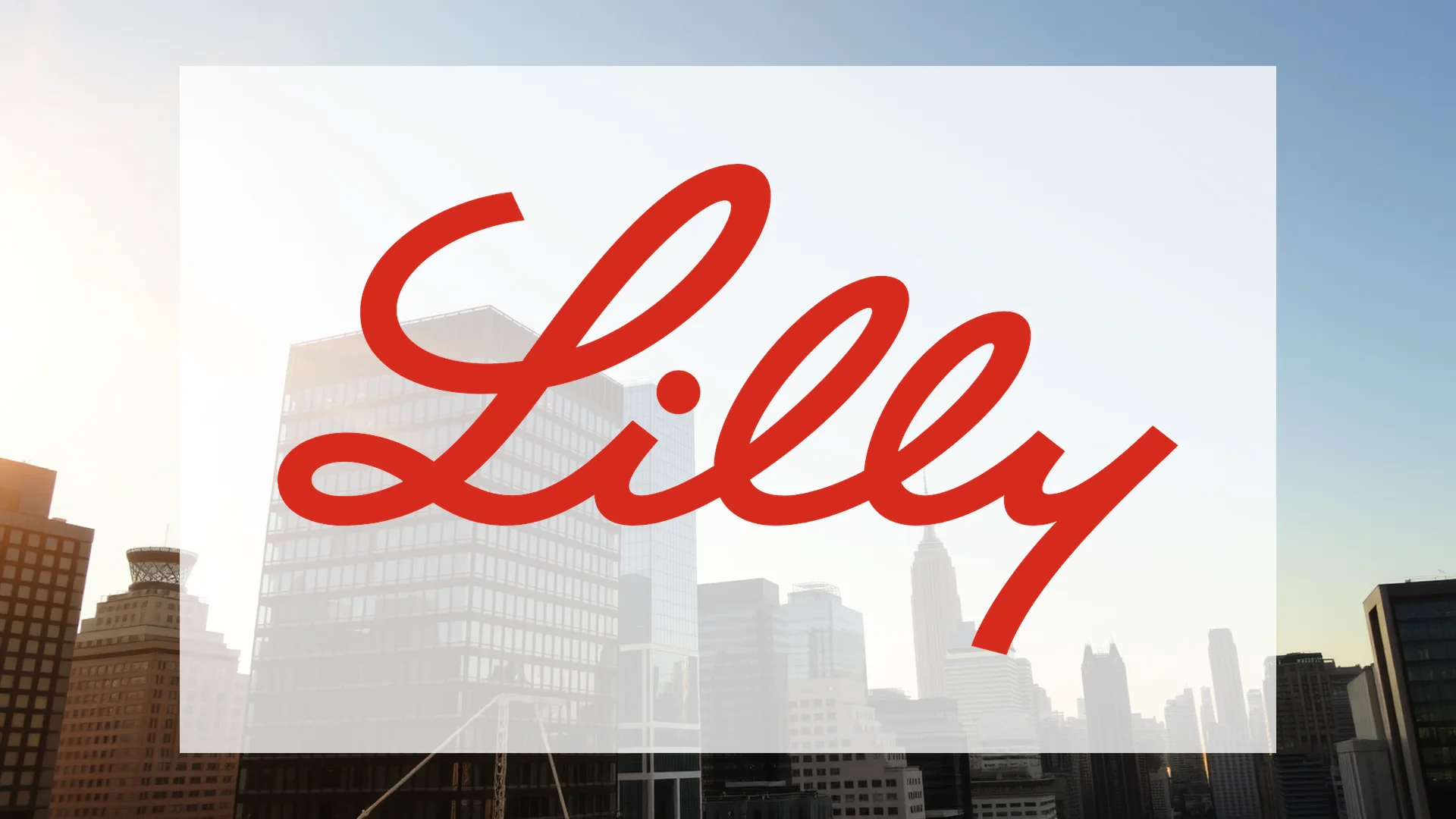Eli Lilly has delivered a decisive victory in a head-to-head clinical trial against competitor Novo Nordisk, with results exceeding market expectations. New Phase 3 data for its experimental drug orforglipron demonstrate clear superiority over the Danish rival’s oral semaglutide in both blood sugar control and weight loss metrics. Despite this significant medical achievement, investor reaction has been mixed, revealing underlying market dynamics.
Manufacturing Expansion and Broader Pipeline
Beyond its clinical successes, the pharmaceutical giant is making substantial investments in its manufacturing future. The company is channeling $5 billion into a new production facility in Virginia’s Goochland County. This site is slated to produce active pharmaceutical ingredients for cancer and autoimmune therapies, forming a key part of a larger strategy to significantly expand its U.S.-based manufacturing capacity.
Landmark Trial Results Reshape Treatment Landscape
The compelling data from the ACHIEVE-3 study show a pronounced advantage for Eli Lilly’s candidate. Treatment with orforglipron achieved a 2.2 percent reduction in HbA1c levels, substantially outperforming the 1.4 percent reduction seen with Novo Nordisk’s oral semaglutide. The weight loss results were even more striking, with patients on orforglipron losing an average of 19.7 pounds, representing 9.2 percent of their body weight. This compares to an average loss of just 11 pounds, or 5.3 percent of body weight, for those taking the competing treatment.
These results have the potential to redefine the market for oral GLP-1 medications. Eli Lilly is preparing to submit orforglipron for regulatory approval in the treatment of type 2 diabetes by 2026.
Should investors sell immediately? Or is it worth buying Eli Lilly?
In additional pipeline news, the company reported positive Phase 3 outcomes for Mounjaro in children and adolescents with type 2 diabetes. The treatment demonstrated an average HbA1c reduction of 2.2 percent and a notable 11.2 percent decrease in BMI.
Divergent Analyst Views Create Market Uncertainty
The positive clinical developments have not generated uniform optimism among market experts. Investment firm Berenberg downgraded Eli Lilly shares from “Buy” to “Hold,” citing concerns that the upgrade cycle in the obesity market may have reached its peak. This downgrade contributed to a 1.5 percent decline in the company’s share price during pre-market trading.
Other research analysts maintained more bullish positions. Bernstein reaffirmed its “Outperform” rating alongside a $1,000 price target, while Cantor Fitzgerald continued its “Overweight” recommendation with an $825 target price, indicating continued confidence in the company’s long-term value proposition.
Ad
Eli Lilly Stock: Buy or Sell?! New Eli Lilly Analysis from December 20 delivers the answer:
The latest Eli Lilly figures speak for themselves: Urgent action needed for Eli Lilly investors. Is it worth buying or should you sell? Find out what to do now in the current free analysis from December 20.
Eli Lilly: Buy or sell? Read more here...












